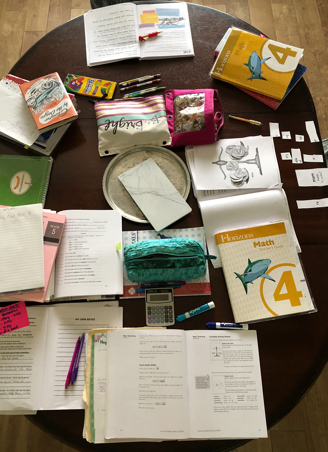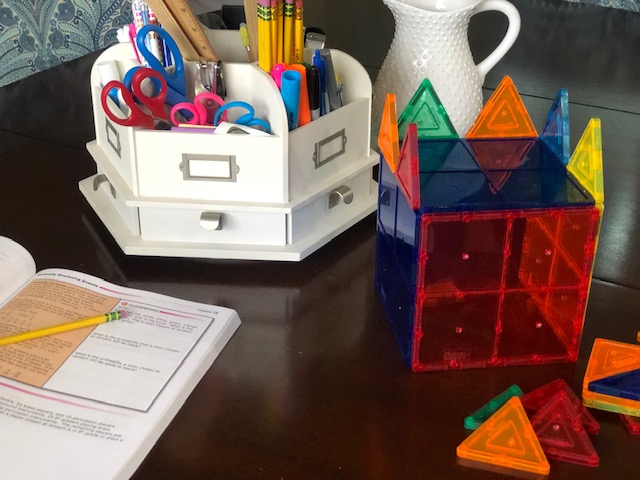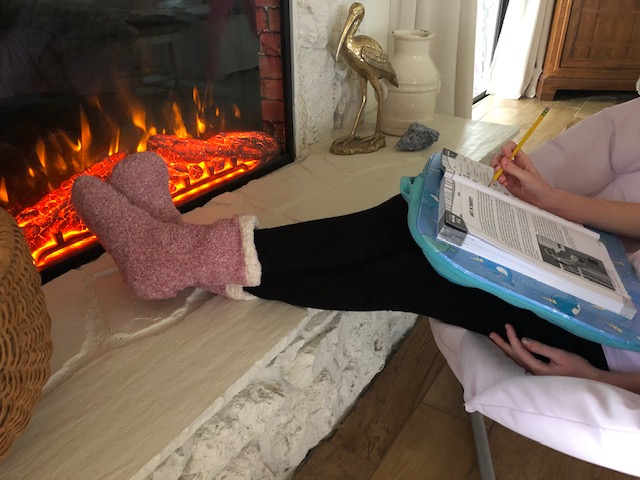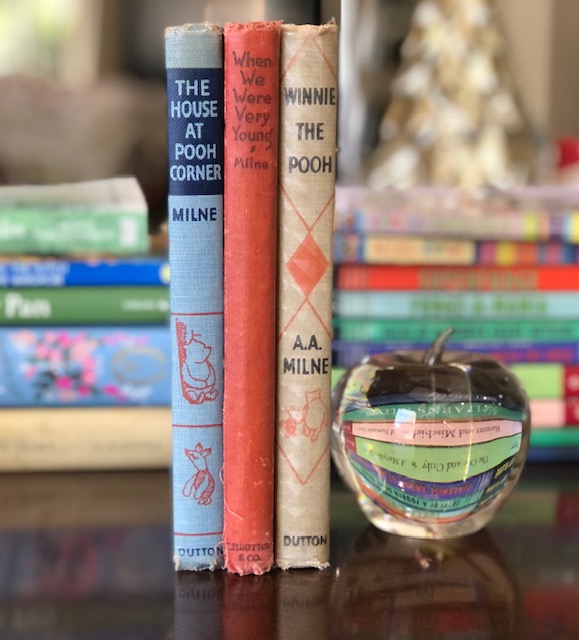Homeschool Elementary Curriculum – The Ultimate Guide
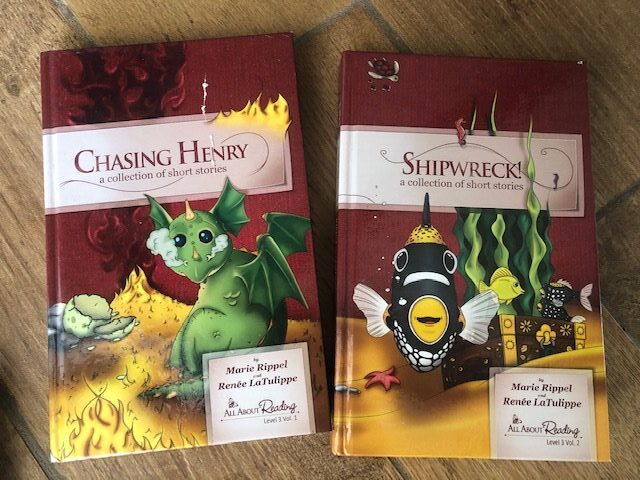
Homeschool Elementary Curriculum
Whether you are new to homeschooling of have already conquered homeschooling kindergarten you’re likely to have a few questions when it comes to selecting homeschool elementary curriculum.
I have always enjoyed researching different homeschool curriculum options and have put many to the test! Here are my tips to getting started with homeschooling your elementary aged kiddos!
Guidelines
I repeat this tip so often in my blog posts, but it’s because it’s so important!
When considering starting to homeschool, and before researching homeschool elementary curriculum, make sure you know your state’s laws when it comes to homeschool.
As I mentioned in this post on how to get started homeschooling there are a few places to research what is required in your state to be legally homeschooling.
Some states require notification of an initial intent to homeschool and then yearly check-point requirements like keeping a portfolio of work completed to show progress throughout the year or a end of year test/evaluation.
Many states however do not require more than notifying the school district of your intent to homeschool.
Making sure to know what you need to submit to the local school district or keep track of throughout the year is very important. This is especially true if this is your first year homeschooling.
Homeschool Style
Another helpful thing to consider when researching homeschool elementary curriculum is learning about the different educational styles of homeschool.
While you don’t need to necessarily choose a style and stick with it, it’s nice to know about the different philosophies and what curriculum may align with each one.
I wrote more about the styles and gave helpful links to learn more here.
Importance of Varied Reading
After children master the basics of reading and become fluent readers, the importance of varied styles of reading grows.
When choosing or planning a homeschool elementary curriculum this is something to keep in mind.
For sure you will still be instructing your child on the reading “rules” of our language through a reading curriculum of your choosing.
But with fluency comes the option to read more types of books as well as an increase in ways to show comprehension.
This is one way your local library will be a very valuable asset!
Our kids have always had their own library cards, and they can choose as many books as they’d like to read.
I like to encourage a variety of books types, picture, chapter etc., but have always let them take whatever they’d like.
Then, I help guide them to choose some for school and whatever topics we are covering, and also for a read aloud that they will read to us all during school time.
Reading aloud is a huge part of our homeschool and something we all look forward to. In another post I shared the benefits of reading aloud in more detail.
Checking for Progress
I truly believe that checking for progress rather than perfection is so, so important when homeschooling your child(ren).
When selecting homeschool elementary curriculum a lot of times there are test books that accompany the workbooks or textbooks and I do use them and do think they are a great resource to have access to.
Whether you choose to test for progress or not it is so wonderful to see the progress your child is making day-to-day.
That is one of my favorite parts of homeschooling my children. Sure there are days where I don’t focus on this but on the days I do take a step back and see how far they’ve come it makes my mama heart so full and happy to be alongside them as they grow.
I think this is one of the biggest perks us parents who homeschool get with this gig – slowing down a bit to notice the small steps of growth our sweet children take.
Some parents do choose to do a formalized testing at the end of each year (and some states require this as well).
I know of a few families who do these types of tests independently through a certified proctor.
Searching online for homeschool standardized testing in your area will be the way to go if this is something you’d like to do with your kids.
Curriculum Choices
Now here are my tried and true favorites for homeschool elementary curriculum choices. These are what have worked for my family, and are just based on my own research and experience.
Check out Cathy Duffy Reviews for a very comprehensive site reviewing many different types of homeschool curriculum for more choices.
Math
Horizons math is my top choice for math from kindergarten through algebra. The spiral teaching method, repetition and review, until a skill is second nature, is phenomenal.
The workbooks are colorful and concise, making math a do-able and fun part of the day, even for kids who struggle to “enjoy” math.
The teacher’s manual contain worksheets (to photocopy) that correlate with the lessons and are great for extra practice. I’ve even used the worksheets for summer refreshers before we start a new school year.
As I mentioned in my homeschool kindergarten post, there are a lot of options to use manipulatives which make it a great combination of a traditional & hands-on style of learning.
Reading

For a reading curriculum I am completely on board with the All About Reading program. The approach to learning to read in the pre-reading program, and to strengthen reading in the other levels was very helpful to my kids.
The program is based on the Orton-Gillingham style of learning 97% of the English language using phonetic rules and the other 3% as sight words.
It’s also a very hands on, fun way to learn to read and includes some fantastic readers my kids really enjoyed. I wrote in more detail why I chose this program here in my best homeschool reading curriculum post.
The levels in All About Reading run from Pre-Reading to Level 4, so depending on how fast you move through the lessons it should take you until about 4th grade to complete.
After 4th grade pretty much all the basics of learning to read, like decoding words, are usually mastered.
By 5th grade kids will be ready to deepen their knowledge with more comprehension based learning. Helping your child to learn how to “dissect” what she/he has read and be able to retell or interpret the reading is a great skill to work on at this level.
There are so many options for this, from selecting classic stories and then creating your own comprehension questions, to searching on Teacher Pay Teachers (a fabulous website with free or low cost worksheets/units created by teachers), or a writing based approach to understanding literature.
Spelling

When it comes to homeschool elementary curriculum choices, choosing to cherry-pick or piece together our curriculum is what works best for our family.
Some prefer an all in one approach, which may include a Language Arts curriculum, encompassing spelling, grammar, vocabulary.
However, I select them individually so I’ll start with the spelling curriculum we have used and like.
All About Spelling is my favorite for kids beginning to learn to spell. Each lesson is called a step, and each step builds off the previously taught step. It’s simple to follow along with and multi-sensory which my kids like.
Each step is explained very well in the teacher’s manual making it an open and go style for you as the parent.
Level 1 teaches the basic spelling fundamentals, which will be needed throughout all the lessons, so it’s best to start with that level.
The All About Reading & Spelling website offers a placement quiz which I would highly recommend having your child take prior to selecting which level to start with.
Spelling You See is another program we use and really like. Each lesson is a short story that your child will work on for 5 lessons, so about a week.
Each day they will copy the passage and then follow instructions to identify different phonetic elements and consistent patterns known as “chunks.”
Repetition is a big part of how students learn with this program, which I love.
Also, the stories they work on are great little history snippets or interesting facts that I even enjoy!
The curriculum sets include erasable colored pencils to use to identify the various chunks, and let me tell you, the pencils were a big hit with my kiddos when we first started this program!
They too offer placement help available here.
Grammar
When it came to selecting a homeschool elementary curriculum for grammar I was really overwhelmed.
Because there are SO many choices and so many include vocab, spelling etc., and I just wanted grammar lessons, I felt even more overwhelmed.
But thankfully I found Easy Grammar and haven’t looked back! The program does such a great job covering all of the fundamentals of developing good grammar practices.
It also keeps each lesson to one page a day, which is nice for kids to know what to expect.
I am a stickler for proper grammar, having been raised by an accomplished writer (my amazing mom), who also approved of this curriculum when I asked for her advice!
My kids have really taken this program and I am very impressed with what they have learned.
Vocabulary
After 3rd grade I decided to add in some separate vocabulary instruction to our homeschool elementary curriculum.
I tried a few different approaches to this but after a year or so I found the Wordly Wise vocabulary program and am a big fan.
It has a 5 day lesson plan for each week; the first day introduces the new words & various meanings each word can have, which I read through with my kids.
Then each day after is an activity focusing on identifying the meaning of the words, with a story & comprehension questions on the last day of the week.
The books are very user friendly and the stories are really well written and on various interesting topics.
Handwriting
Handwriting Without Tears is what I have used for my kids for all of elementary grades. It’s a simple, well thought out program with fun workbooks my kids loved.
The cursive instruction is great for once your child masters basic lettering.
After my oldest finished all the books and still wanted more cursive practice I decided to use The Good and the Beautiful cursive workbooks.
I would definitely recommend them for more practice (rather than mastery) as your child gains confidence with their penmanship but wants more practice.
History & Geography
Selecting history and geography for your homeschool elementary curriculum is really based on personal preference.
I know every aspect of choosing your own curriculum is, but these subjects give you a lot of choices with where you can start.
We have used The Story of the World series because I like the approach of learning history based on when world events happened chronologically.
The series starts with the ancient times and ends with modern ages. The books can be read aloud, which we do as a family, or older kids can read them on their own.
There are also fun workbooks available to go with the readers with some pretty cool project ideas to bring the lessons to life.
I also have added in units on learning the presidents, presidential elections as well as alternated with an United States History curriculum.
For geography we have done numerous units based on areas we are studying at the time in other subjects, as well as used a few workbooks.
For a solid homeschool elementary curriculum for U.S. Geography, I really like the Memoria Press States & Capitals books.
The set contains a fun book to go along with the workbooks that includes interesting facts on each state. My kids love this aspect, and I think adding in some unique tidbits help with memory retention when it comes to things like states and their capitals.
Science
For science we have really enjoyed The Good and the Beautiful science units. The lessons are great to do as a family with suggestions given for different grade levels.
We also have delved into other interest led units, free from a formal curriculum, like bird studies or seasonal activities.
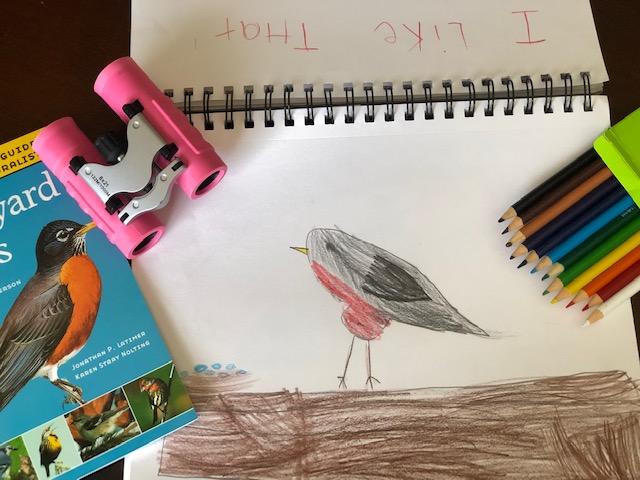
I hope by sharing what has worked for my family with choosing homeschool elementary curriculum you will find some guidance when selecting your own!
